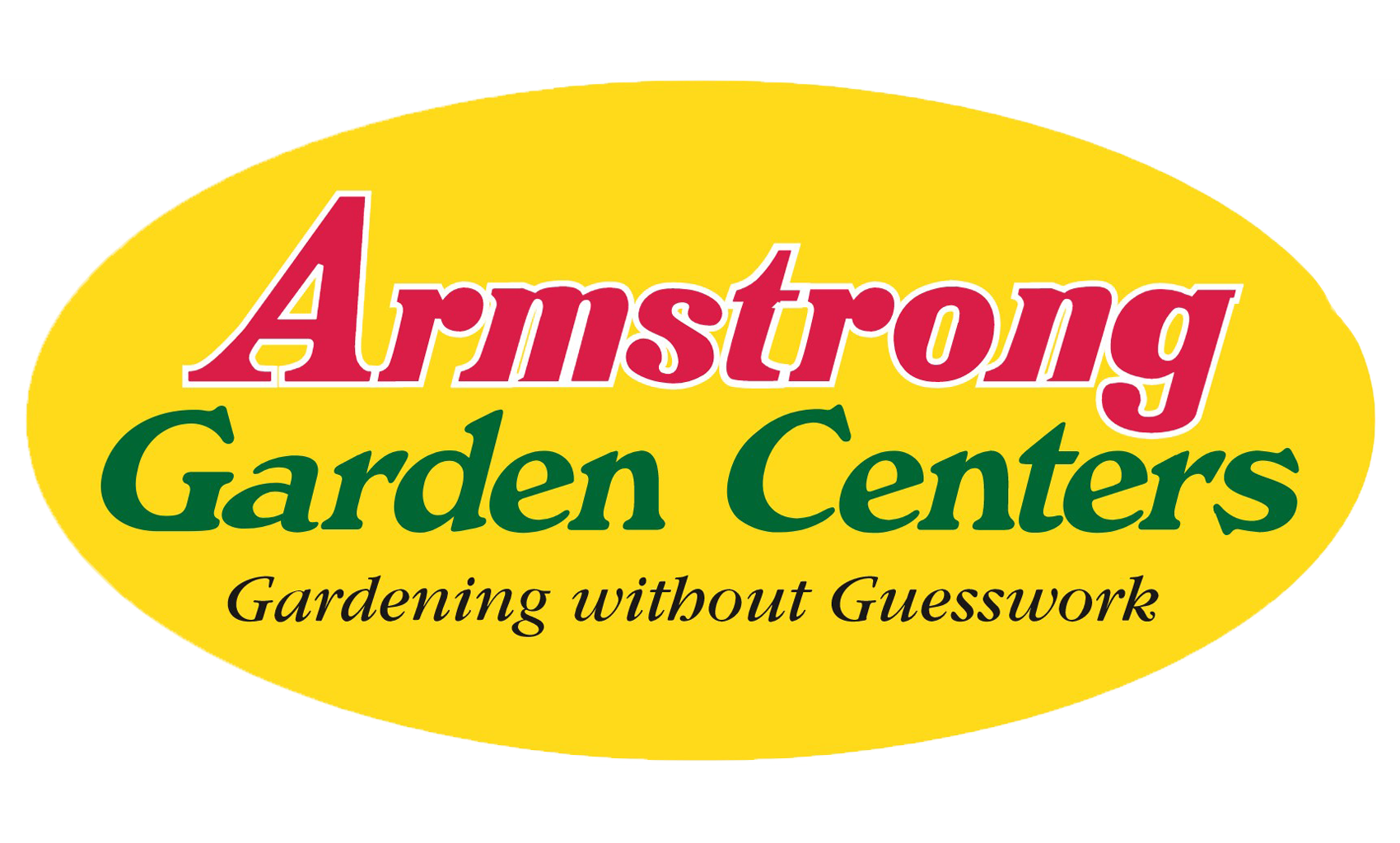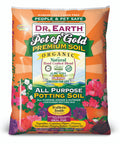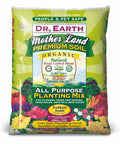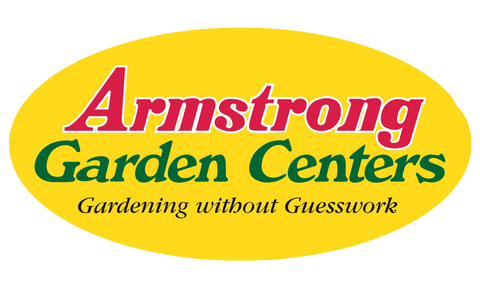Details
Edible Qualities
Quinault Strawberry is a perennial that is typically grown for its edible qualities. It produces large red heart-shaped berries which are usually ready for picking from late spring to mid fall. This variety is considered an everbearing type of strawberry, which means that it will repeatedly produce fruit across most of the season. The berries have a sweet taste and a firm texture.
The berries are most often used in the following ways:
- Fresh Eating
- Baking
- Preserves
Features
Quinault Strawberry features dainty white cup-shaped flowers with lemon yellow eyes along the stems from mid spring to late summer. Its serrated round compound leaves remain dark green in color throughout the season. It features an abundance of magnificent red berries from late spring to mid fall.
This is an open herbaceous perennial with a spreading, ground-hugging habit of growth. Its relatively fine texture sets it apart from other garden plants with less refined foliage. This is a high maintenance plant that will require regular care and upkeep, and should not require much pruning, except when necessary, such as to remove dieback. It is a good choice for attracting birds to your yard, but is not particularly attractive to deer who tend to leave it alone in favor of tastier treats. Gardeners should be aware of the following characteristic(s) that may warrant special consideration:
- Spreading
Aside from its primary use as an edible, Quinault Strawberry is sutiable for the following landscape applications:
- Border Edging
- General Garden Use
- Groundcover
- Container Planting
Care
Planting & Growing
Quinault Strawberry will Moderate growing, semi-dwarf shrub; reaches 3 to 4 ft. tall and wide.so it doesn't require a second plant nearby to set fruit.
This plant is typically grown in a designated edibles garden. It does best in full sun to partial shade. It does best in average to evenly moist conditions, but will not tolerate standing water. It is particular about its soil conditions, with a strong preference for rich, alkaline soils. It is somewhat tolerant of urban pollution. Consider applying a thick mulch around the root zone in both summer and winter to conserve soil moisture and protect it in exposed locations or colder microclimates. This particular variety is an interspecific hybrid. It can be propagated by division; however, as a cultivated variety, be aware that it may be subject to certain restrictions or prohibitions on propagation.
Quinault Strawberry is a good choice for the edible garden, but it is also well-suited for use in outdoor pots and containers. Because of its spreading habit of growth, it is ideally suited for use as a 'spiller' in the 'spiller-thriller-filler' container combination; plant it near the edges where it can spill gracefully over the pot. Note that when growing plants in outdoor containers and baskets, they may require more frequent waterings than they would in the yard or garden.


































